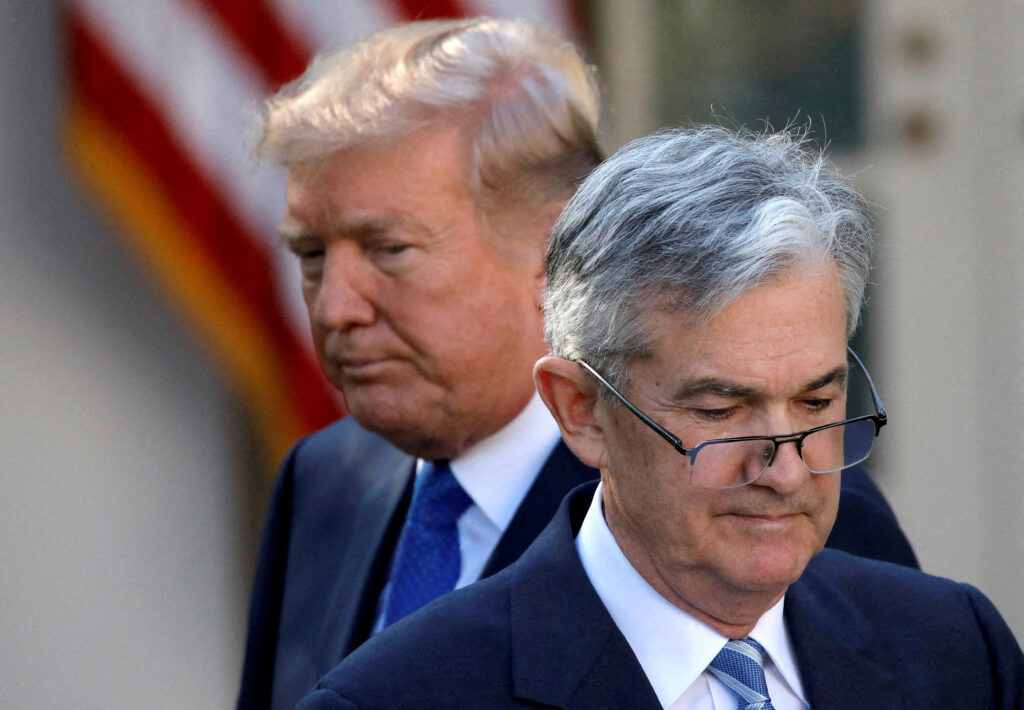

(Reuters)
S&P Global on Monday (August 18) affirmed its ‘AA+’ credit rating on the US, saying the revenue from President Donald Trump’s tariffs will offset the fiscal hit from his massive tax-cut and spending bill.
Trump signed the “One Big Beautiful Bill Act” into law in July after it was passed by the Republican-controlled Congress. The bill, which delivered new tax breaks, also made Trump’s 2017 tax cuts permanent.
“Amid the rise in effective tariff rates, we expect meaningful tariff revenue to generally offset weaker fiscal outcomes that might otherwise be associated with the recent fiscal legislation, which contains both cuts and increases in tax and spending,” S&P said in a statement.
“At this time, it appears that meaningful tariff revenue has the potential to offset the deficit-raising aspects of the recent budget legislation.”
Washington reported a US$21 billion jump in customs duty collections from Trump’s tariffs in July, but the government budget deficit still grew nearly 20 per cent in the same month to US$291 billion. Interest on the public debt also continued to grow, hitting US$1.013 trillion in the first 10 months of the fiscal year, an increase of 6%, or $57 billion, over the prior-year period due to slightly higher interest rates and increased debt levels.
Since returning to power in January this year, Trump has launched a global trade war with a range of tariffs that have targeted individual products and countries. The Republican president has set a baseline tariff of 10 per cent on all imports to the US, as well as additional duties on some items and trading partners.
IMPACT OF TARIFFS
S&P, which became the first ratings agency to cut the pristine US government rating in 2011, said the outlook on the US rating remains stable.
The ratings agency said it expects the Federal Reserve, which Trump has criticised this year for not cutting interest rates, “to navigate the challenges of lowering domestic inflation and addressing financial market vulnerabilities.”

It projected the country’s general government deficit to average 6.0 per cent of GDP during the 2025-2028 period, down from 7.5 per cent in 2024 and from an average 9.8 per cent of GDP in 2020-2023.
S&P said it could lower the rating over the next two to three years if already high deficits increase.
“The ratings could also come under pressure if political developments weigh on the strength of American institutions and the effectiveness of long-term policymaking or independence of the Federal Reserve,” it said.
S&P, however, said it could raise the US rating in the event of sustained economic growth and adjustments to the US fiscal profile that would diminish recent increases in the country’s debt burden.
There was no reaction in markets on Tuesday to S&P’s credit rating affirmation, which follows a US sovereign credit downgrade by Moody’s in May, when that ratings agency cut the triple-A US rating by one notch, citing rising debt levels.
The US national debt load surged above a record US$37 trillion last week.
James Ragan, co-chief investment officer and director of investment management research at D.A. Davidson, said the S&P rating affirmation was an acknowledgment of the meaningful tariff revenue generated so far.
“That’s all good revenue (coming) in, but that’s also a drag on the economy, so I think we don’t know the impact of that going forward,” he said.







Comments